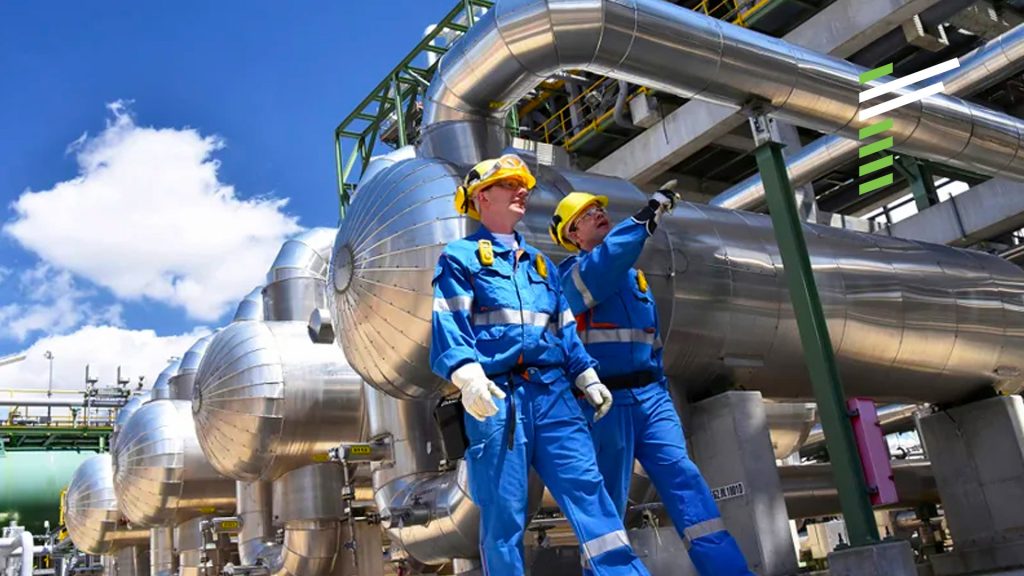Downstream oil and gas operations such as refineries, petrochemical plants, natural gas processing plants and storage facilities, rely on regular planned shutdowns, also known as turnarounds, for maintenance and upgrades. These planned intervals include critical activities such as equipment repair and replacement, preventive maintenance of equipment, or complete overhauls to ensure that facilities continue to operate efficiently and safely.
Turnaround exercises can be stressful for many organisations due to the interdependencies between various stakeholders, including operations, maintenance, supply chain and other contractors. Turnaround preparation must therefore be comprehensive. While last minute modifications may still occur, preparation and planning should be done well in advance.
Turnaround readiness
Turnarounds should be carefully planned well in advance, often 18 months or more, to allow sufficient time for all the preparatory steps. A thorough plan that outlines the entire turnaround process, including timelines, resource allocation, and risk assessments, is critical.
A comprehensive approach to turnaround readiness should focus on the following key aspects:
1. Materials Management
Securing essential materials or spare parts in advance minimises the risk of delays due to last-minute shortages. This includes both critical and minor spare parts, as their absence can potentially delay planned turnarounds, resulting in increased costs and lost production.
When assessing turnaround readiness, the team should effectively stage and organise materials on-site as this ensures access and minimises confusion during execution. Therefore, an organisation should ensure it has a robust inventory management system in place to enable effective tracking and control of materials at the turnaround site.
2. Site Access and Permits
As turnarounds involve both internal personnel and external contractors, it is important to communicate the details of the plan including how and when access path to the relevant sites and exclusion zones will be available.
In addition, when assessing turnaround readiness, check that all permits are in place, such as Lockout, Tagout (LOTO) permit, confined space permit, electrical work permit, height safety permit, scaffolding permit, and pressure testing permit to facilitate a smooth start to the turnaround.
Delays in obtaining permits can affect planned turnaround schedules and potentially impact operational efficiency.
3. Environmental Management
Environmental compliance is important during turnaround activities to minimise adverse environmental impacts from noise, emissions, and potential spills.
Turnaround environmental management preparation includes assessing and managing potential environmental risks, obtaining hazardous waste permit, groundwater discharge permit, noise pollution permit, and other environmental permits, and having a Spill Prevention, Control, And Countermeasure (SPCC) plan.
4. Logistics and Transportation
The safe transport of hazardous materials such as chemicals and solvents requires compliance with strict safety regulations and special packaging. It is essential to make the necessary arrangements with qualified hazardous materials transporters.
Ensuring reliable transport of oversized equipment such as reactors and heat exchangers often require special transport permits and coordination with escort services to ensure safe and timely delivery to the turnaround site.
5. Safety Protocols and Training
Promoting a strong safety culture and providing adequate training for all personnel involved in the turnaround must be a priority. This includes providing appropriate personal protective equipment (PPE), implementing emergency procedures to mitigate potential risks, and conducting safety drills so that all personnel are aware of their roles and responsibilities in relation to safety during the turnaround.
Using consultants to assess turnaround readiness
When planning turnarounds, various aspects such as timelines and costs need to be balanced. It is also important to conduct turnaround readiness audits or assessments before it begins.
Common turnaround issues experienced by oil and gas companies:
- Our current turnaround system for managing work permits is ineffective and needs improvement.
- We have experienced delays in past turnarounds and the causes of these delays remain unidentified.
- Preparation for our next turnaround campaign has consistently failed to meet all planned milestones, resulting in late and poor execution.
But with all the complexities involved, how can an organisation ensure that preparations go as planned, without any hiccups, from initial planning to final execution?
Engaging an external consultancy such as Renoir Consulting to assess your turnaround process and readiness can add significant value. Our experience of working with a wide range of clients across the sector allows us to offer a broader perspective, more than just internal assessment. We take a collaborative approach, working with your turnaround planning team to comprehensively assess your current process, planning, and readiness.
Our subject matter experts use historical performance data from previous turnarounds to analyse and benchmark your turnaround effectiveness. This approach allows us to provide tailored solutions and recommendations specific to your facility, ensuring they effectively address your unique needs.
Free from internal bias and political influence, we can provide feedback and recommendations focused solely on optimising your turnaround process. Our expertise in conducting assessments using frameworks, tools, and processes ensures efficient execution and consistent application of best practice across all our engagements.
My organisation needs a smoother, more efficient turnaround execution, to minimise disruption and maximise productivity.







